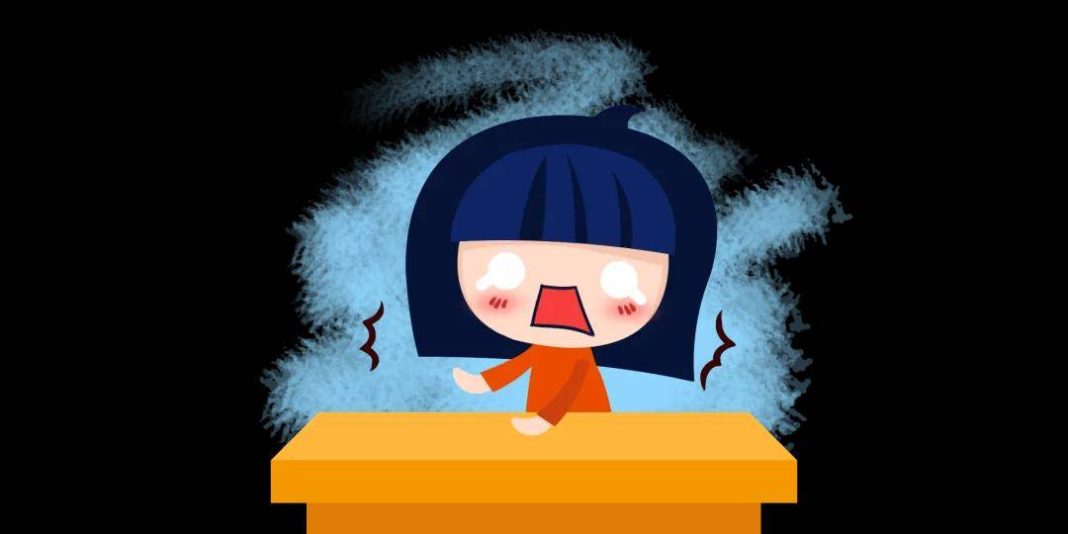Mr. Zhao (alias) is male, 26 years old this year. Three months ago, while driving alone on the highway, he suddenly felt palpitations, sweaty palms, tightness in the chest area, a sense of impending doom, and almost had a car accident. After regaining his composure, he nervously drove home at a low speed, accompanied by family members, to a nearby hospital for examination. The doctor conducted detailed tests, including an electrocardiogram and echocardiogram, but found no abnormalities. However, Mr. Zhao still felt anxious and worried about experiencing the same situation again. As a result, he dared not drive on the highway and even felt uneasy driving in the city.
Indeed, in the following three months, he experienced nearly 10 episodes of palpitations and chest tightness, with a sense of impending doom, each lasting about ten minutes. Each time, he was extremely nervous and frightened, even calling an ambulance by dialing “120” to take him to the hospital for emergency care. However, each time he was examined at the hospital, no physical abnormalities were found. This constant worry and fear made him reluctant to go out alone, significantly affecting his life and work. He was later transferred to the psychiatric department for treatment and was diagnosed with “panic disorder.” After systematic treatment, Mr. Zhao recovered and was able to live and work normally.
01
What is panic disorder?
Panic disorder (PD), also known as panic attack, is an acute anxiety disorder characterized by recurrent and significant symptoms of palpitations, sweating, tremors, accompanied by a strong sense of impending doom or loss of control, and fear of unfortunate consequences during panic attacks.
People who have experienced panic attacks describe it as the worst feeling in their life… Studies show that almost one-third of us will experience at least one panic attack in our lifetime. Whether it’s your first time, the hundredth time, or if you’re witnessing someone else’s experience, no one would want to repeat that experience. The first step in preventing panic attacks is to understand this condition.
02
State during panic disorder attacks
Patients may be engaged in routine activities such as reading, eating, walking, attending meetings, or doing household chores, when they suddenly feel various physical discomfort, a strong sense of impending doom, restlessness, etc. During panic attacks, patients generally try to escape a situation to stop the panic, or seek help to prevent collapse, heart attack, or going insane.
These attacks occur suddenly, with clear consciousness, lasting briefly, generally 5 to 20 minutes (peaking within 10 minutes), rarely exceeding 1 hour, and usually resolve on their own; or end with yawning, urination, or falling asleep. Patients have normal mental status between attacks. After an attack, they recall the episode but may experience a sudden recurrence; patients may have frequent episodes, occurring more than three times a month.
Intervening period sensations
After repeated panic attacks, many patients, in the intervening period, fear a recurrence, leading to anxiety and heightened autonomic activities, known as anticipatory anxiety, lasting for more than a month.
Secondary manifestations
During panic attacks, due to intense fear, patients find it unbearable and often seek immediate help. In the interictal period, 60% of patients avoid activities out of fear of not getting help during an attack, avoiding certain situations like going out alone, avoiding crowded places, or traveling by vehicle, or requiring someone to accompany them when going out.
Sometimes panic attacks may lead to avoidance of certain situations, known as agoraphobia. Panic disorder can be with or without agoraphobia, and occasional panic attacks may also occur in other mental disorders, especially in other anxiety disorders.
03
Treatment
1. Early treatment
When dealing with the first panic attack, it is important to provide a comprehensive explanation to the patient, clarifying that anxiety-induced physical symptoms may seem alarming but do not pose a life-threatening risk. The fear of losing self-control or dying is due to cognitive distortions caused by anxiety, which can lead to a vicious cycle if not addressed.
2. Medication Treatment
Use of anti-anxiety medications, antidepressants, and benzodiazepines, among others.
Due to the high tendency for recurrence in this condition, treatment should generally not be shorter than six months. Some cases may require medication for 3 to 5 years for full relief.
3. Psychological Treatment
After controlling panic attacks with medication, psychological therapy is often necessary to eliminate anticipatory anxiety and fear-based avoidance behaviors.
Supportive psychotherapy involves explaining the nature of the illness to reduce the patient’s mental burden, encouraging adherence to the treatment plan, organizing group therapy for similar patients to help each other, achieving better results.
Cognitive-behavioral therapy, conducted by clinical psychologists or psychiatrists, is a professional treatment that is as effective as medication, with a lower relapse rate. In general, cognitive-behavioral therapy should precede drug therapy.
Additionally, having good lifestyle habits and appropriate relaxation training are also crucial.
Source: Dongguan Seventh People’s Hospital


